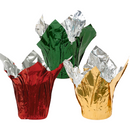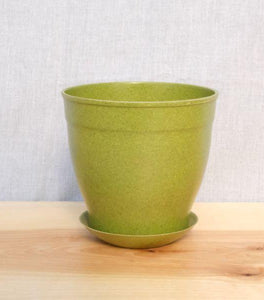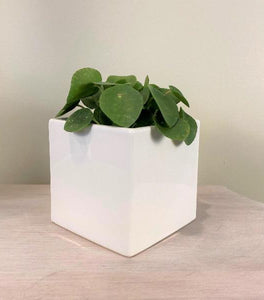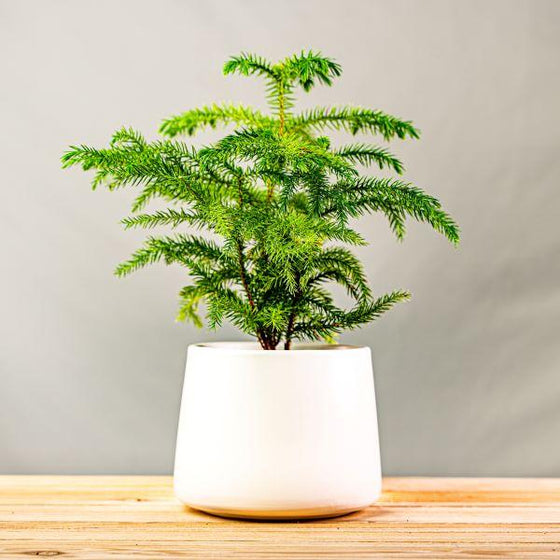
Images Depicted Range in Maturity & Container Size
Pots & Decorations Not Included Unless Otherwise Stated
Norfolk Island Pine for Sale Online
Norfolk Island Pine (Araucaria heterophylla) is a tropical house plant that doubles in style as a holiday tree. The smaller Norfolk Island Pines are perfect for decorating mantles, tabletops, and desks. As they grow and become taller, they are better situated as floor plant.
These house plant trees can be used to fill bright corners, or they can be used as a living focal point in any brightly lit room or sun porch. The vibrant green, soft foliage makes Norfolk Island Pine a beautiful addition to your home decor. Our Norfolk Island Pine Trees are shipped in black or green plastic nursery containers.
To encourage faster growth, move your plant to outdoors to a shaded area during summer. Contrary to the name, it is not a pine tree and doesn't have cold-hardy properties. However, this clean-air plant can be used as a holiday topiary, a miniature tropical indoor Christmas tree.
The soft, symmetrical needles curve slightly downwards and grow from the container lid to the top of the plant. Norfolk Island Pines do not take well to being transplanted and are typically grown as several plants in the same container. As the plant matures, you will want to separate the plants into separate containers to avoid having the plants compete for soil nutrients.
*Decorative containers are shown for display purposes only. All plants are shipped in plastic nursery containers unless otherwise specified. If you would like to order a plant in a decorative container, visit our potted plant collection.
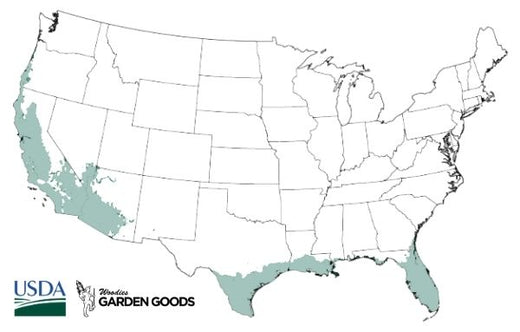
| Hardiness Zone: | 9-11 |
|---|---|
| Mature Height: | 8 to 10 Feet |
| Mature Width: | 30 to 36 Inches |
| Classification: | Green foliage |
| Sunlight: | Fluorescent to bright indirect |
| Habit: | Upright, tree-like |
| Flower Color: | Does not flower |
| Foliage: | Green, needle-like |
| Soil Condition: | Likes to dry out some between watering |
| Water Requirements: | If unsure, do not water |
| Uses: | Attractive plant to be featured or in the background of any room in the house, does well with minimal care |
How to Care for Norfolk Island Pine
Before you buy a Norfolk Island Pine Tree, make sure to read about the recommended care instructions to keep this plant healthy and thriving.

What is the best soil for Norfolk Island Pine Trees?
The best soil for Norfolk Island Pine Trees is a well balanced mix of peat moss, perlite and vermiculite that dries some between watering but takes a long time to compact. Typically, any reputable potting mix will work well and includes those ingredients. Adding a granular, slow release fertilizer while planting is a good way to help the plant thrive in the transplanting transition.

What is the best light for Norfolk Island Pine Trees?
Norfolk Island Pine Trees do well in bright, indirect light with high humidity. They can handle some direct light, but prefer shadier spots. If your Norfolk Island Pine is not receiving enough light, you will start to see yellowing leaves and sagging branches. Too much light will cause the plant to sunburn.
How do I fertilize Norfolk Island Pine Trees?
Indoor houseplant fertilizers fall into two groups: water soluble, liquid quick release, and granular, slow release fertilizers both types work equally well on Norfolk Island Pine Trees. Jack's Classic Indoor plant food works well as a powder, quick release fertilizer that is mixed with water to quickly provide nutrients to a plant that has been in a container for an extended time. Osmocote Indoor/Outdoor is an option as a granular, slow release fertilizer that can be applied while potting and planting. Any type of fertilizer offers nutrients that help plants with the transition to a new environment.
How do I water Norfolk Island Pine Trees?
Norfolk Island Pine Trees should be watered relatively infrequently, as the plants like to dry out some between watering. The easiest way to tell if a plant needs to be watered is by the weight of the container. If the container is very heavy and the foliage is upright, chances are good the plant doesn't need water, whereas a light container and limp foliage means the plant needs some water. Sometimes, water pours out of the container without being retained by the soil. Soaking the dry soil in a small dish or saucer can be a useful way to solve this problem. It is important not to water the foliage of these plants, or to over-water them as this will lead to leaf damage or plant death. If you're unsure, it is always better to let the plant go dry instead of drenching it with water. Moisture meters are another easy way to tell if plants need to be watered, and usually, come with a guide to indicate what number or level of moisture different plants require.








